Professional chefs and housewives around the world use paprika as a seasoning for various dishes. This fragrant spice is yellow and red, and its taste palette is quite diverse. Despite the popularity of such a powder, not everyone knows about differences between paprika and popular red pepperwithout fully understanding this is the same thing or not.
Despite the external similarity and similar characteristics, seasonings are not identical and have different origins. Habitual paprika is directly related to bell peppers of different varieties, and ground pepper is obtained from creepers of the Pepper family.
Content
What is paprika and the difference with red pepper
Many people like and use spicy red pepper spice in home cooking, which has a pleasant aroma and gives the dishes an orange tint.
History reference
Capsicum of red color - the vegetable from which the famous wig is made, has more than 500 species that differ in their taste and size. It so happened that paprika is often called any pepper, although in fact it is seasoning, which is prepared from certain varieties of plants. Christopher Columbus was sent on an expedition, one of the goals of which was to study the market for spices.
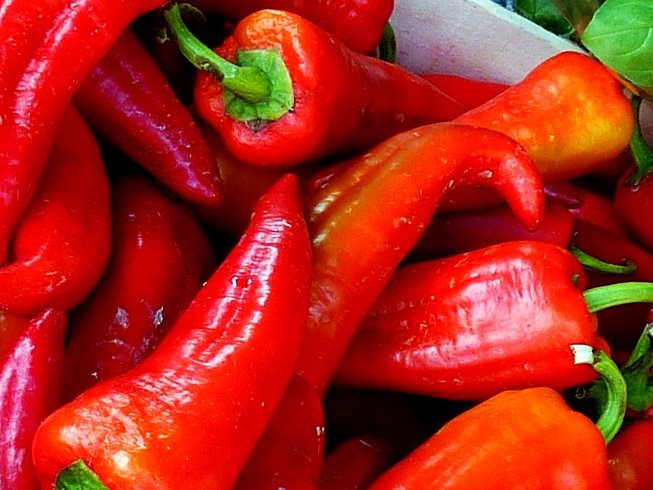
Since the discoverer was sure that he discovered the seeds of allspice in India, this was the beginning of the confusion. No one knew the difference between the vines of the Pereperny family and the nightshade grass, because for a long time all cultures were called pepper, highlighting chilli as a subspecies, namely it is used to make seasoning. When it appeared in Europe, this seasoning made a splash due to its pungency, and its sweet version appeared much later.
Paprika was an expensive product, and only noble nobles and kings of Europe could afford dishes with spices until the 17th century. The seasoning gained recognition and popularity after the ban of Napoleon Bonaparte on the use of black pepper in cooking.
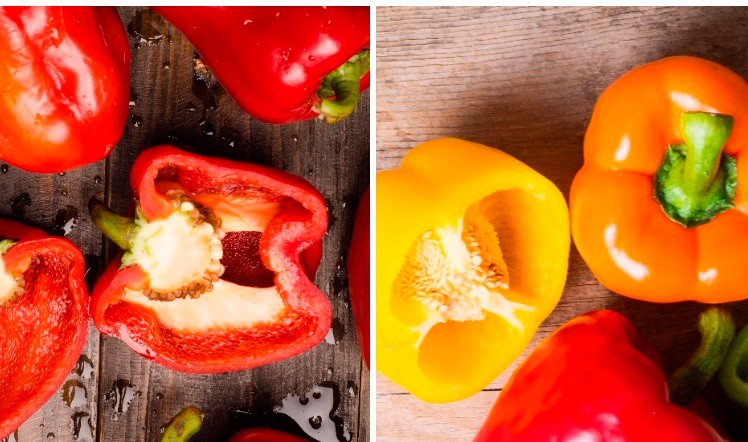
To date, the main countries producing this product are Hungary, Turkey, Spain and the United States, a characteristic fact is the partial change in the taste of seasoning to softer notes due to the influence of the European climate.
Is it the same or not
To understand why there is so often a question of misunderstanding and identification of seasoning, you should know that the very phrase “red pepper” is used for several completely different cultures, which causes confusion.
Liana, on which berries grow in clusters, gives a well-known fragrant seasoning - allspice. Depending on the degree of maturity of such fruits and the variant of their processing, black, white, green and red peas are obtained, used in cooking to impart spice and aroma to various dishes. By grinding, seasoning of different colors is obtained, including red. This plant and its fruits have no relation to paprika.

If we consider the option of capsicum of different varieties, then in the natural environment it can be found on spreading bushes. It is a perennial plant, and when grown in a continental climate - annual. Pepper fruits are vegetables with different tastes.
After drying such fruits, a powder called paprika is made from some varieties. Speaking of such a pepper-vegetable, we have in mind a popular seasoning, the taste of which can be both spicy and sweet, depending on the initial variety used for its preparation. In this embodiment, paprika and pepper are one and the same.
Characteristics of the types of peppers for cooking paprika
Since there are many varieties from which this powder is made today, it should be noted that all of them can be divided into two large subspecies: sharp and sweet. The main difference, of course, is in the final taste of the finished seasoning, but also the appearance affects the color and aroma of the spice.
Sweet bell pepper
Perhaps the most common and popular vegetable for the production of paprika is the dried fruit of sweet bell pepper. This plant is thermophilic, for its successful cultivation high humidity and the absence of temperature differences are required. Fruits ripen on bushes of various sizes and branching, some reach a height of only 20-30 cm, others - up to 2 m.
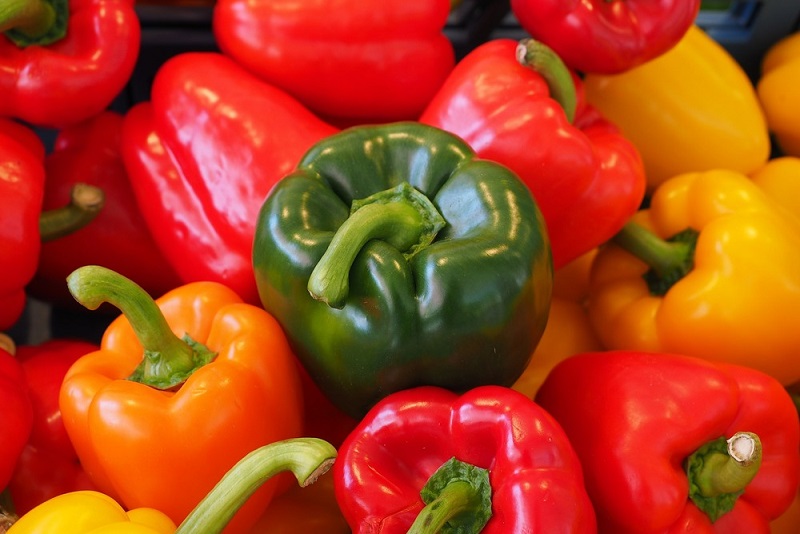
The fruits of this plant come in different shapes and colors, shades of red, yellow, and orange predominate. As for the shape of the vegetable, it can be:
- round;
- oval;
- cylindrical;
- cone-shaped;
- prism-like.
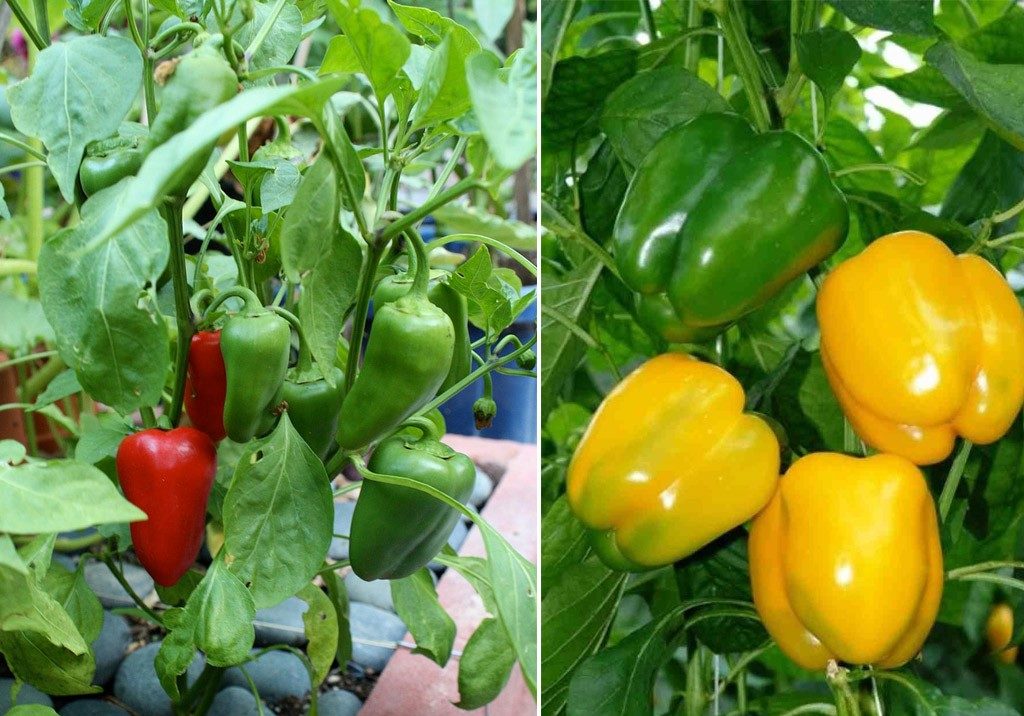
The fruit of the culture is rich in vitamins and minerals that make up its composition. The main ones are:
- folic acid;
- vitamin C;
- B vitamins;
- beta carotene;
- biotin;
- vitamins E, K, PP;
- flavonoids;
- basic micro and macro elements.
Such a rich complex of substances in the composition of a vegetable allows its wide use not only in cooking, but also in other areas.
Hot Chili Peppers
For the production of a powder with a pronounced pungent taste, a popular variety of chili pepper is used, the name of which does not come from the country of the same name, but means “red” in the ancient Aztec language. In Russian latitudes, the variety is mainly grown in greenhouses, and at home, small flowerpot shrubs of plants planted on window sills are a good alternative.
The color palette of fruits of this species consists of red, yellow or blueberry, but saturated red dominates. The vegetable has an elongated proboscis shape, less often spherical.
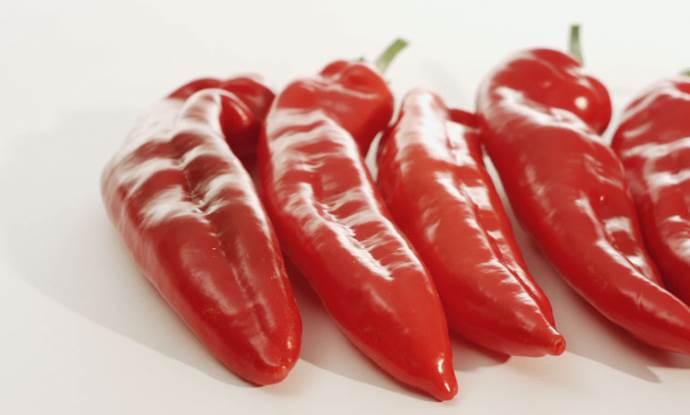
The severity of the fruit directly depends on the amount of capsaicin substance in its composition. In addition, in pepper there are:
- thiamine;
- riboflavin;
- niacin;
- pyridoxine;
- ascorbic and folic acid;
- tocopherol;
- choline;
- potassium, magnesium, phosphorus;
- fatty acid;
- copper, manganese, iron.
The fruit, enriched with such substances, allows you to make a seasoning that contains all the main useful components.
Culinary use and palatability of paprika powder
Since this seasoning is in demand in the preparation of various dishes, it is a popular component of Hungarian, Mexican, Bulgarian, Korean cuisine. Use both the color of the paprika and its spicy aroma and special taste for:
- pickling meat;
- baking dishes of chicken, lamb, pork;
- salad dressings;
- making sauces;
- white fish dishes;
- stewing vegetables;
- baking;
- replacing tomato paste.
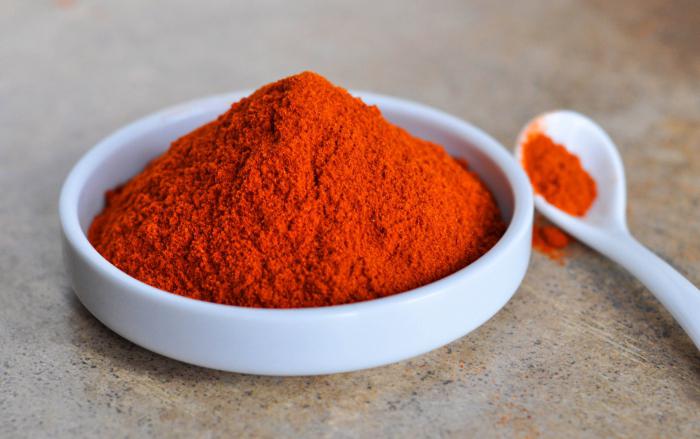
The taste of the powder depends on the variety of vegetable from which it is made. The main types of paprika:
- tender - has a mild taste without a hint of sharpness;
- special - has a sweetish flavor, suitable for stewing and cooking soups and broths;
- delicious - characterized by the presence of a spicy smell and mild severity;
- noble - is a universal seasoning due to a small bitterness and a pleasant aroma;
- semisweet - has an average degree of severity;
- pink - characterized by a special aroma and slight pungency;
- hot - the most burning of all types of paprika.
Thanks to such a variety of seasonings, everyone can choose the appropriate option based on individual gastronomic preferences.
Useful properties of paprika
Since paprika powder is made from vegetables, which include a whole range of substances that can positively affect the human body, spice also has these properties.
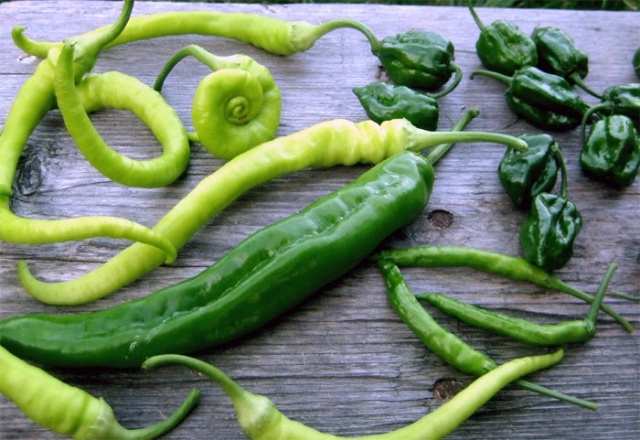 You may be interested in:
You may be interested in:In medicine
For therapeutic purposes, ointments, infusions and other powder-based preparations are used, since the positive effect of such medicines on the body is proved. Paprika can have the following effects on the body:
- prevents the formation of blood clots;
- dilutes blood;
- activates the metabolism;
- increases potency;
- improves immunity;
- positively affects the work of the digestive tract.
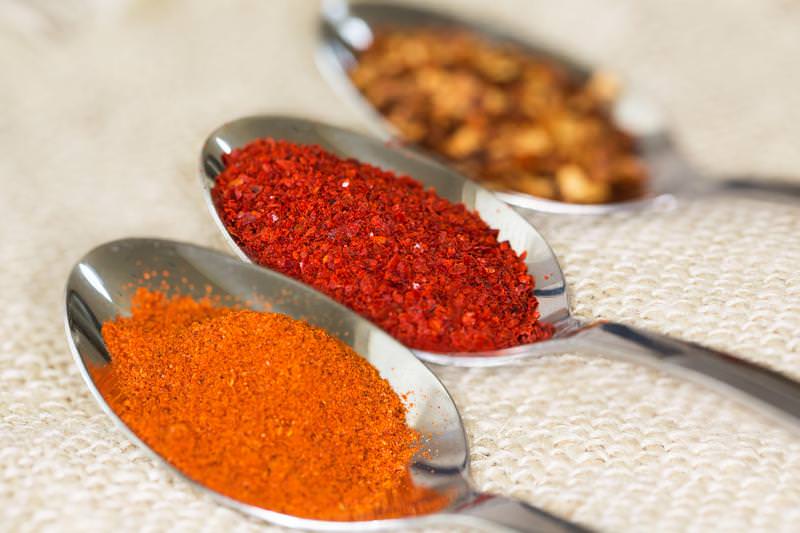
Folk recipes
Paprika is also in demand among traditional healers who use it to treat:
- rheumatism;
- hair loss
- bleeding
- circulatory disorders;
- appetite improvement;
- diabetes
- colic.
To strengthen the hair follicles, add a pinch of hot paprika to any vegetable oil and apply to the roots. Hold for 20-30 minutes, then rinse thoroughly with shampoo.
Contraindications
When using seasoning, one should take into account a possible allergic reaction from the body, which occurs with individual intolerance. The use of paprika in the presence of diseases is also contraindicated:
- kidney
- liver
- acute forms of pancreatitis, ulcers;
- cholecystitis;
- angina pectoris.
It is recommended to treat spicy powder with care when carrying and feeding a child, and also do not add sharp varieties of seasoning to the children's diet.
Possible harm
With regular use of the product, specific components in the composition, especially acute types of paprika, can provoke an exacerbation of diseases of the gastrointestinal tract, kidneys and liver. The presence of an allergy to any type of pepper prohibits the use of seasoning, since there is a high probability of an allergy with various symptoms: from headache to vomiting and upset stomach.
Do not abuse a large amount of paprika in dishes so as not to cause disruption of the stomach, as well as apply folk remedies with the addition of powder without consulting a doctor, as this can harm your health.
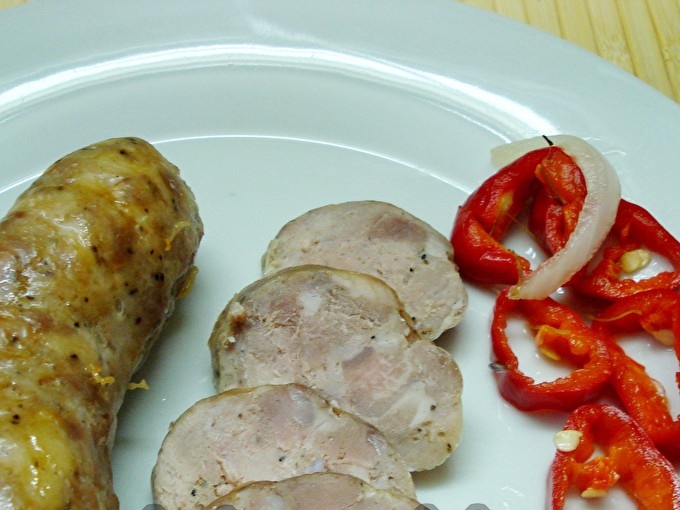 You may be interested in:
You may be interested in:Common questions
Paprika - a powder made from different varieties of capsicum, which has the beneficial properties of a vegetable and its taste, affecting the aroma and spice seasoning. The powder is in demand in the cuisines of different countries, and is also used in cosmetology and medicine.




 Calorie pepper stuffed with meat and rice - BZHU per 100 grams
Calorie pepper stuffed with meat and rice - BZHU per 100 grams Gorky pepper - the best varieties for open ground
Gorky pepper - the best varieties for open ground Hot pepper seeds - the best varieties for open ground and reviews
Hot pepper seeds - the best varieties for open ground and reviews Capsicum tincture for hair - how to use and reviews
Capsicum tincture for hair - how to use and reviews